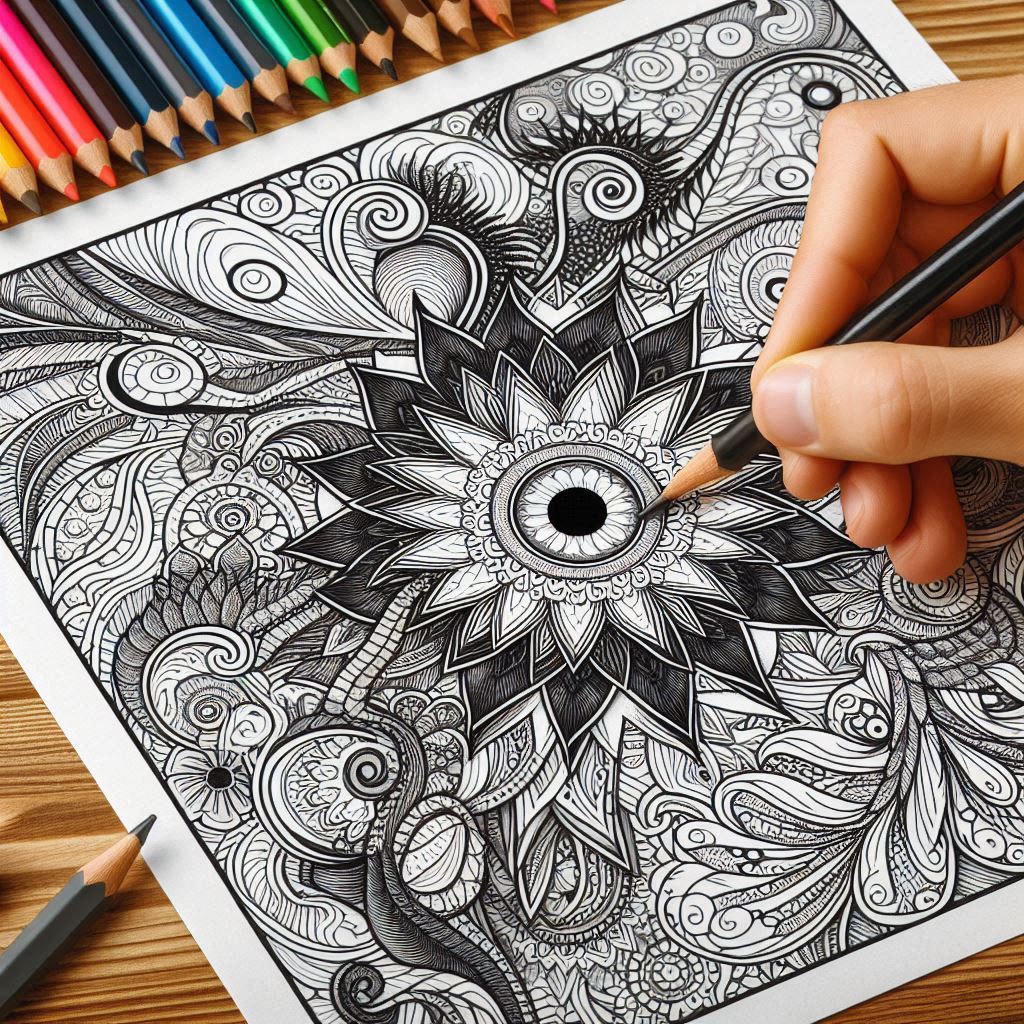In recent years, there has been a noticeable surge in the popularity of activities traditionally associated with autistic individuals, such as coloring books and sensory toys. This trend reflects a broader cultural shift towards mindfulness, self-care, and mental wellness. Adults are increasingly turning to these activities to find solace in a fast-paced, high-stress world.
Coloring books for adults have become a significant part of this movement. Once seen purely as a children’s pastime, adult coloring books now line the shelves of bookstores, filled with intricate designs and patterns, and many have movie and television show tie-ins. The appeal lies in their simplicity and accessibility. The act of coloring can be meditative, providing a way to disengage from digital screens and the constant barrage of information. Studies suggest that coloring can help reduce anxiety, improve focus, and enhance creativity. It offers a low-pressure way to express oneself artistically, which can be particularly soothing for those who feel overwhelmed by more traditional forms of artistic expression.
Sensory toys, such as fidget spinners, stress balls, and textured objects, have also found a broader audience. Originally designed to help autistic children and children with attention disorders manage their sensory needs, these toys are now embraced by adults seeking to alleviate stress and enhance concentration. The tactile stimulation provided by sensory toys can be grounding, offering a physical anchor in moments of anxiety. For many, they serve as discreet tools to improve focus during work or study, subtly integrating self-care into daily routines.
The popularity of these activities is part of a larger societal shift towards recognizing and addressing mental health needs. With increasing awareness of conditions like anxiety, depression, and ADHD, there’s a growing acceptance of the importance of mental wellness practices. Activities like coloring and using sensory toys are accessible forms of therapy that can be easily incorporated into everyday life, breaking down barriers to mental health care.
Moreover, the COVID-19 pandemic has accelerated this trend. The lockdowns and social distancing measures forced many to seek new ways to cope with isolation and stress. Adult coloring books and sensory toys became popular as people looked for ways to manage their mental health at home. These activities provided a sense of routine and comfort during uncertain times, helping individuals to navigate the challenges of the pandemic.
Another factor contributing to this trend is the de-stigmatization of play and relaxation for adults. In a culture that often glorifies productivity, there is a growing recognition of the value of leisure and relaxation. Activities once dismissed as childish are now celebrated as legitimate ways for adults to unwind and maintain their mental health. This shift is evident in the booming market for adult coloring books, craft kits, and other forms of creative expression.
At Shrub Oak International School, our staff and students often work together on arts and crafts. The mutual enjoyment of coloring, and other forms of art and sensory expression, provides a valuable bonding experience for autistic individuals and their caregivers. This shared interest offers a form of companionable teamwork, allowing autistic individuals to spend time engaging socially. We all appreciate when someone else expresses interest in a preferred activity, and our autistic students are no different!








